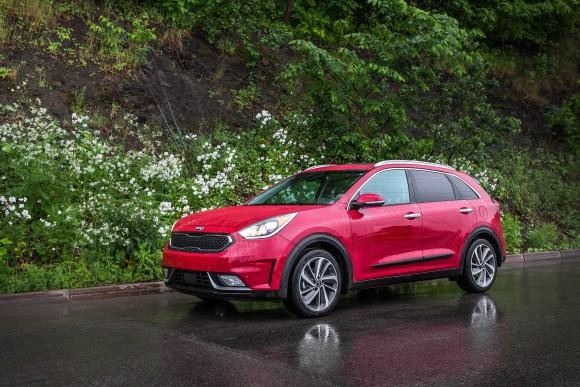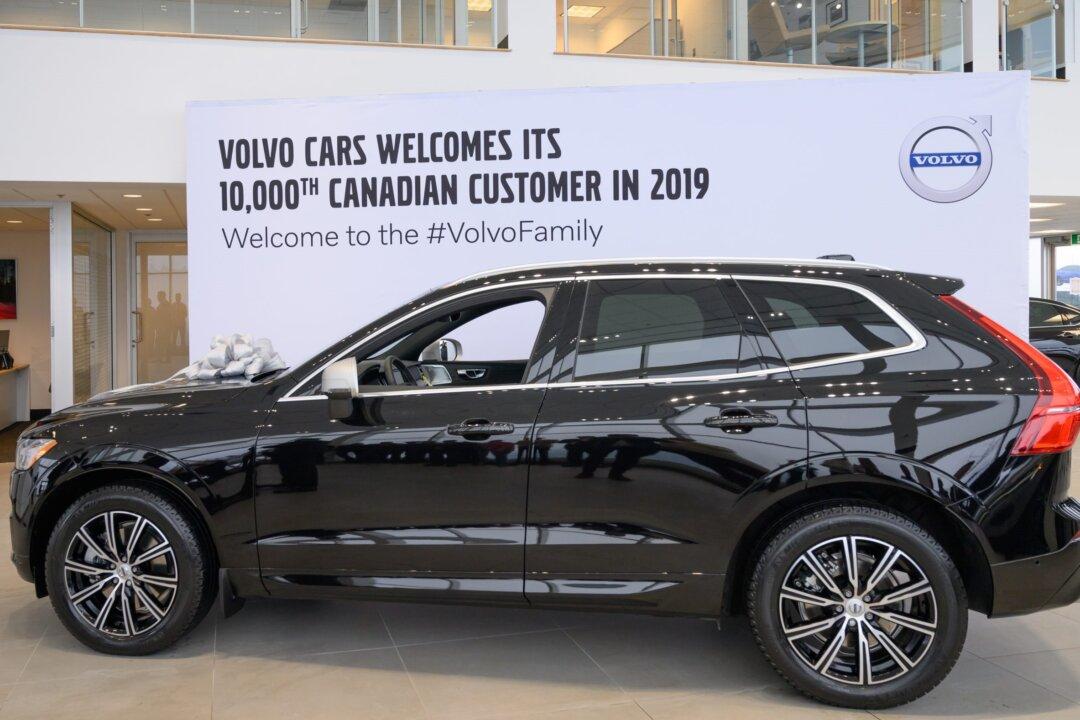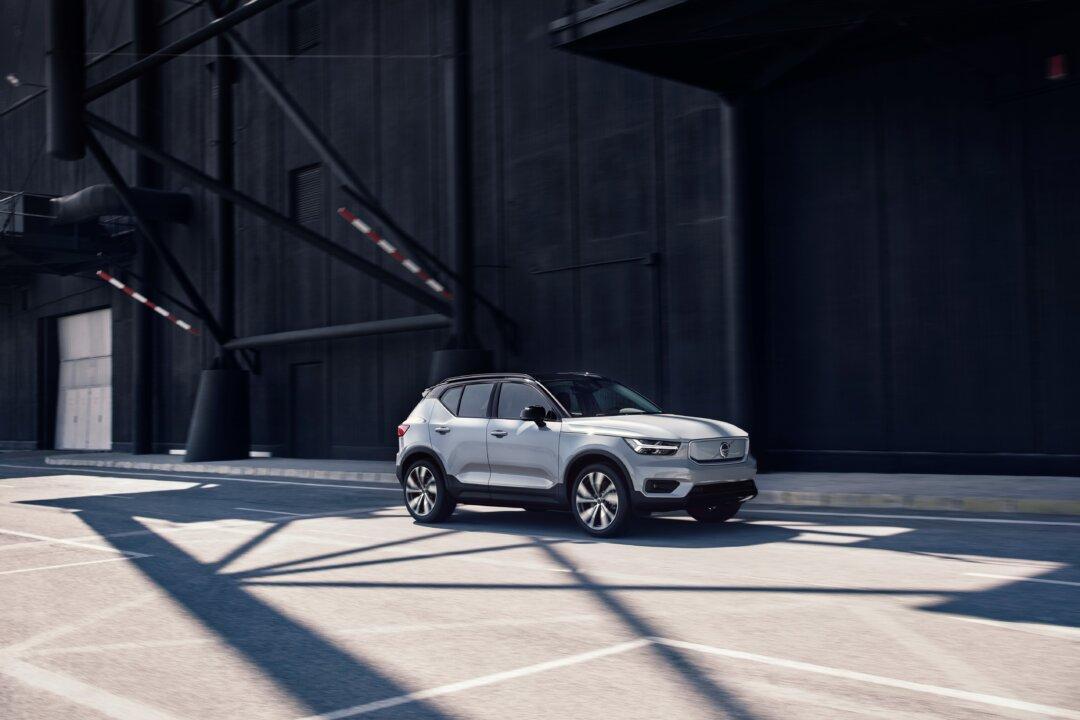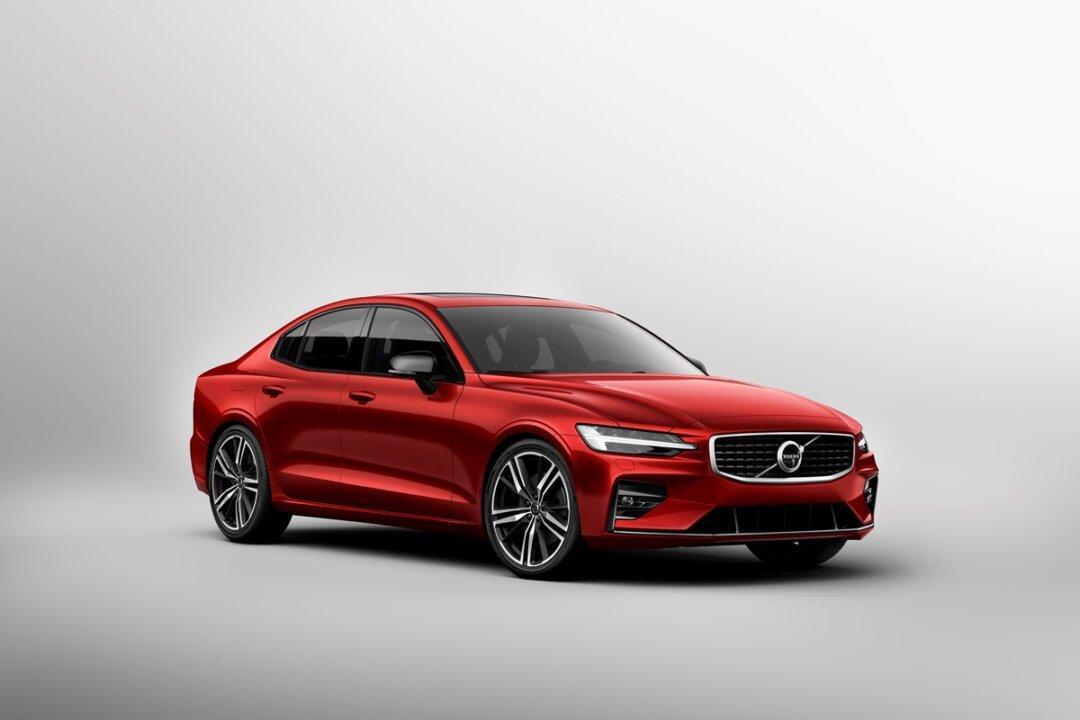The EcoRun is an annual (AJAC) Automobile Journalist Association of Canada event that showcases a wide-ranging variety of eco-friendly vehicles, which include pure electrics, plug-ins and conventional hybrids, hydrogen fuel cells, diesel-fueled powertrains, and still relevant highly-efficient gasoline options.
To be 100 percent clear: the purpose of the EcoRun is to help inform consumers of these alternative options, as well as providing accurate road testing fuel economy numbers. This driving-oriented event is not a race—neither is it a competition. This is a public demonstration to provide potential buyers with facts and information on a broad range of energy-efficient vehicles and technology currently available. There’s absolutely no limit to the size of vehicle a recognized automotive manufacture may enter.
For 2017, this was the sixth annual undertaking of this popular consumer-oriented driving event. For just over two days, between Ottawa and Quebec City there were vehicles of all shapes and sizes on those country roads, highways and urban blacktop—from full-size sports utility vehicles to a drop-top two-seater sports car, as they range from subcompacts to pickup trucks. Each and every one of the 19 vehicles are driven on real-world road conditions in order to fully test for fuel efficiency and ultimately, the reduction of carbon dioxide emissions.
There was but one stipulation: no hypermiling meaning that no driver may deliberately drive at sub-limit speeds (traffic and road conditions notwithstanding). By employing basic fuel-saving strategies, almost any vehicle may reward the owner with sometimes better-than-promised fuel efficiency ratings as stipulated by NRCan (Natural Resources Canada). It may be argued by some that the official NRCan numbers for each vehicle is difficult, some might say impossible, to achieve. Tell that to a disparate group of super-achievers, each eager to don the coveted green jersey awarded to the driver whose aggregate scoring while driving eight different vehicles was best.
A Disparate Group of Vehicles
For this year’s event, the first full day of driving started in the outskirts of Ottawa where I was to drive my first of eight unique automobiles out of 19 signed on by manufacturers. I was to drive to Hawkesbury by way of Parliament Hill in Kia’s new hybrid crossover (CUV) the Niro. NRCan rates this vehicle’s fuel consumption at a combined city/highway rating of 5.4 L/100 km. Over the course of almost 130 kilometres, I averaged 5.7 L/100 km. I attribute my higher number to losing my way in the underground parking in the Rideau Parking Centre! Between all eight drivers, the vehicle provided 4.8 L/100 km—better than the NRCan rating.





